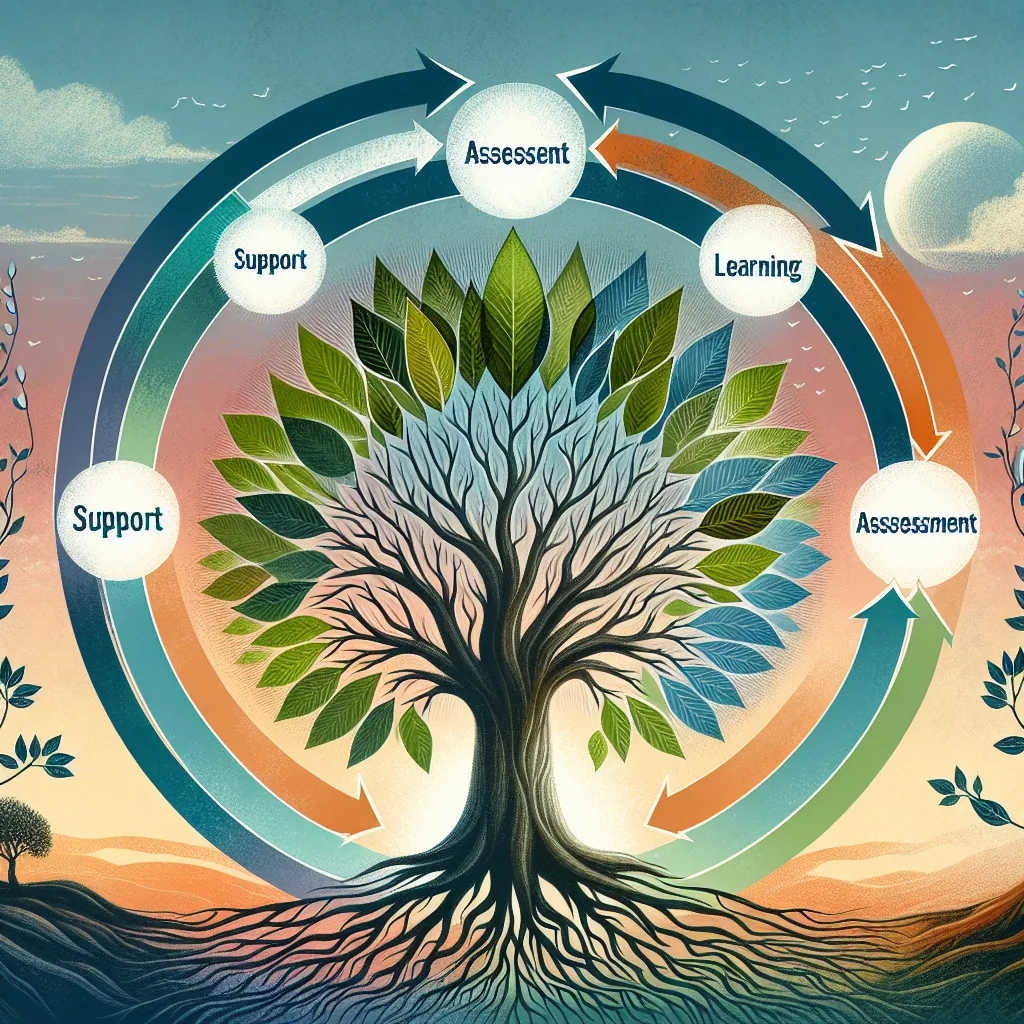Ask AI on The Internet
Question: Formative assessment Formative assessment is most often conceptualised as feedback given to learners during the daily classroom engagement or teaching event which serves to improve and deepen student learning by giving them feedback on their progress (Harlen and James, 1997: 2006). It also helps teachers to make decisions about the next learning milestone students could achieve (Bennett, 2011). It explicitly creates opportunities for learners to get more practice, engage more deeply and widen their learning so as to become more competent at a specific practice or way of knowing/being. However, there may be challenges with formative assessment because of the way learners and teachers sometimes perceive it. Although it is needed to foster deep learning, learners may not take it seriously or teachers may place less emphasis on it than on summative assessment. Learners may not be encouraged to be actively involved in the process of formative assessment as they are not always taught or encouraged to do so. Summative assessment Summative assessment is most commonly associated with evaluation and is used to certify the achievement of a certain level of education and to make judgemental educational decisions. At a very basic level, we could regard formative assessment as assessment for learning (AfL), and summative assessment as assessment of learning (AoL). While formative assessment serves the intrinsic needs of the educational process, summative assessment serves the extrinsic needs of the educational process (HEQC, 2004: 134). Learners often take summative assessment more seriously because they perceive it to have higher stakes. In this chapter, we focus on the learning-centred classroom and therefore spend more time looking at formative assessment. Johnston and Elton (2002: 14) propose that we assess a task twice: the first time to give feedback for improvement and the second time for judgemental purposes. Learners may then choose whether or not to take advantage of the feedback. While this suggestion has merit in the context of large classes and other resource constraints, it may presenta challenge to already overburdened teachers. Question 1: 1.1. Read the text above and explain the difference between formative and summative assessments and briefly discuss how each type of assessment contribute to the overall assessment process.
Formative and summative assessments are integral components of the overall educational assessment process, each serving distinct purposes and contributing to student learning and program evaluation in different ways. **Formative Assessment:** 1. **Definition and Timing**: Formative assessment is the ongoing feedback given to learners during daily classroom engagement or teaching events. It is aimed at improving and deepening student learning by providing feedback on their progress. 2. **Purpose**: The primary goal of formative assessment is to aid in the learning process. It helps students understand their strengths and areas for improvement, which enables them to achieve the next learning milestones. It is inherently developmental and diagnostic. 3. **Impact on Learners and Teachers**: For learners, it creates opportunities for additional practice, deeper engagement, and enhanced competency in specific practices or ways of knowing/being. For teachers, it provides insightful data to tailor their instructional strategies to meet students’ needs. 4. **Challenges**: One potential challenge is that learners and teachers might not perceive it with the same seriousness as summative assessment. Some students may be less motivated to engage deeply with formative assessments, and teachers might prioritize summative assessments due to their higher stakes. **Summative Assessment:** 1. **Definition and Timing**: Summative assessment is typically used to evaluate and certify the achievement of a certain level of education. It occurs at the end of an instructional period, such as finals, end-of-term exams, or standardized testing. 2. **Purpose**: Its primary function is to assess the extent of learners’ learning. It serves extrinsic needs by providing a comprehensive evaluation of students' achievements, which can inform broader educational decisions like grading, advancement, and accreditation. 3. **Impact on Learners and Teachers**: Summative assessments provide definitive evidence of students' knowledge and skills at a particular point in time. These assessments are usually high stakes, meaning learners tend to take them more seriously. They also allow teachers to gauge the effectiveness of their instruction over an extended period. 4. **Challenges**: A major challenge is that summative assessments often do not provide the detailed, timely feedback needed to facilitate ongoing learning improvements. Additionally, they can be stressful for both students and teachers due to their high-stakes nature. **Contribution to the Overall Assessment Process:** - **Formative Assessment**: Contributes to the continuous improvement and adaptation of teaching and learning processes. It ensures that learners are engaged and progressing, and it supports personalized and immediate instructional adjustments. - **Summative Assessment**: Provides a summative judgment on learners' overall performance and achievement at the end of a learning cycle. It helps in certifying competencies and standards and often drives important educational decisions. In summary, while formative assessment is foundational for guiding and enhancing learning, summative assessment encapsulates learners' accomplishments and skills accrued over a period. Effective educational systems balance both to support and measure student learning comprehensively.
Think your answer is better than the AI's? Post it below.
Question Tags
If you want your question answered by an AI, click here.







Post your own comment: